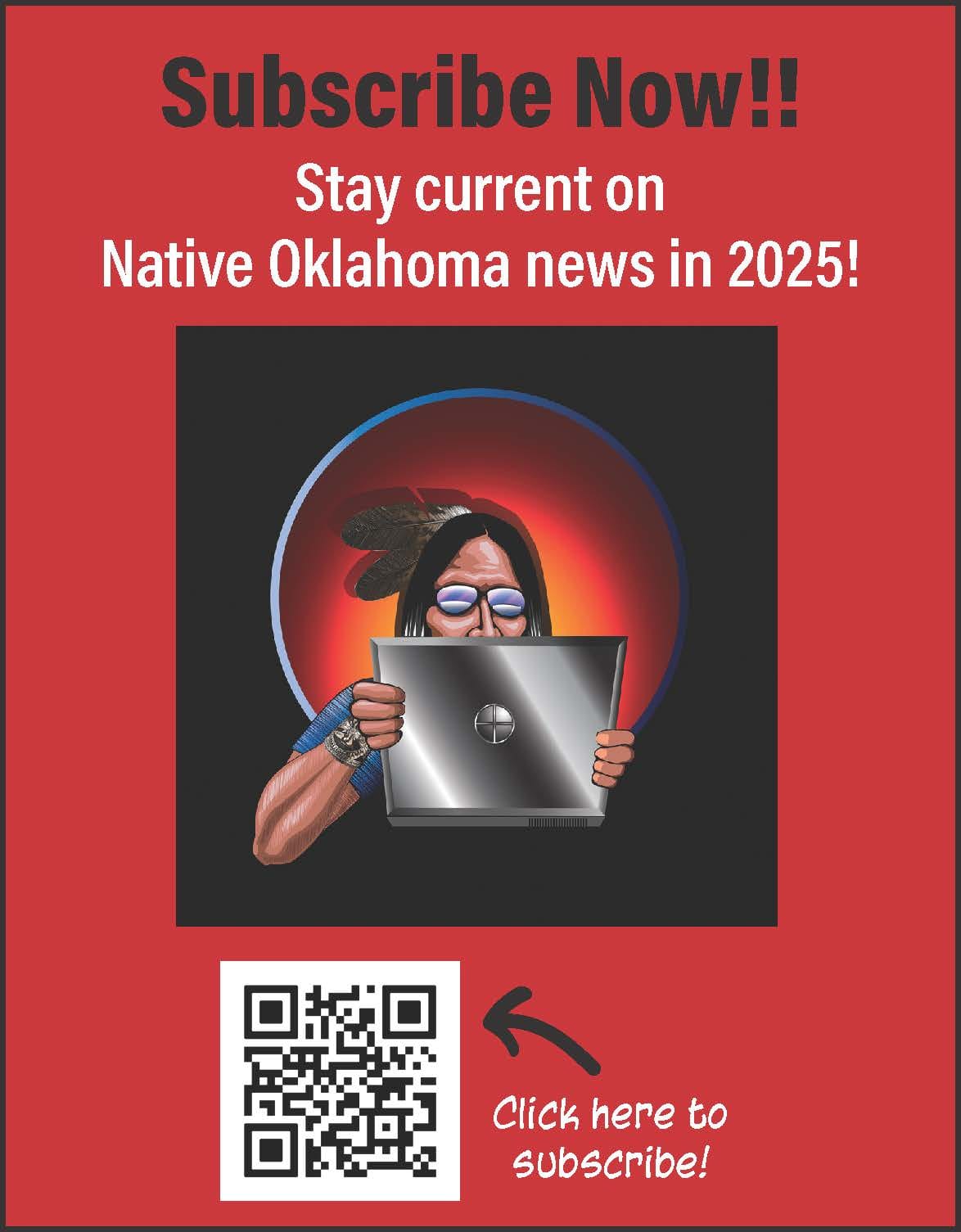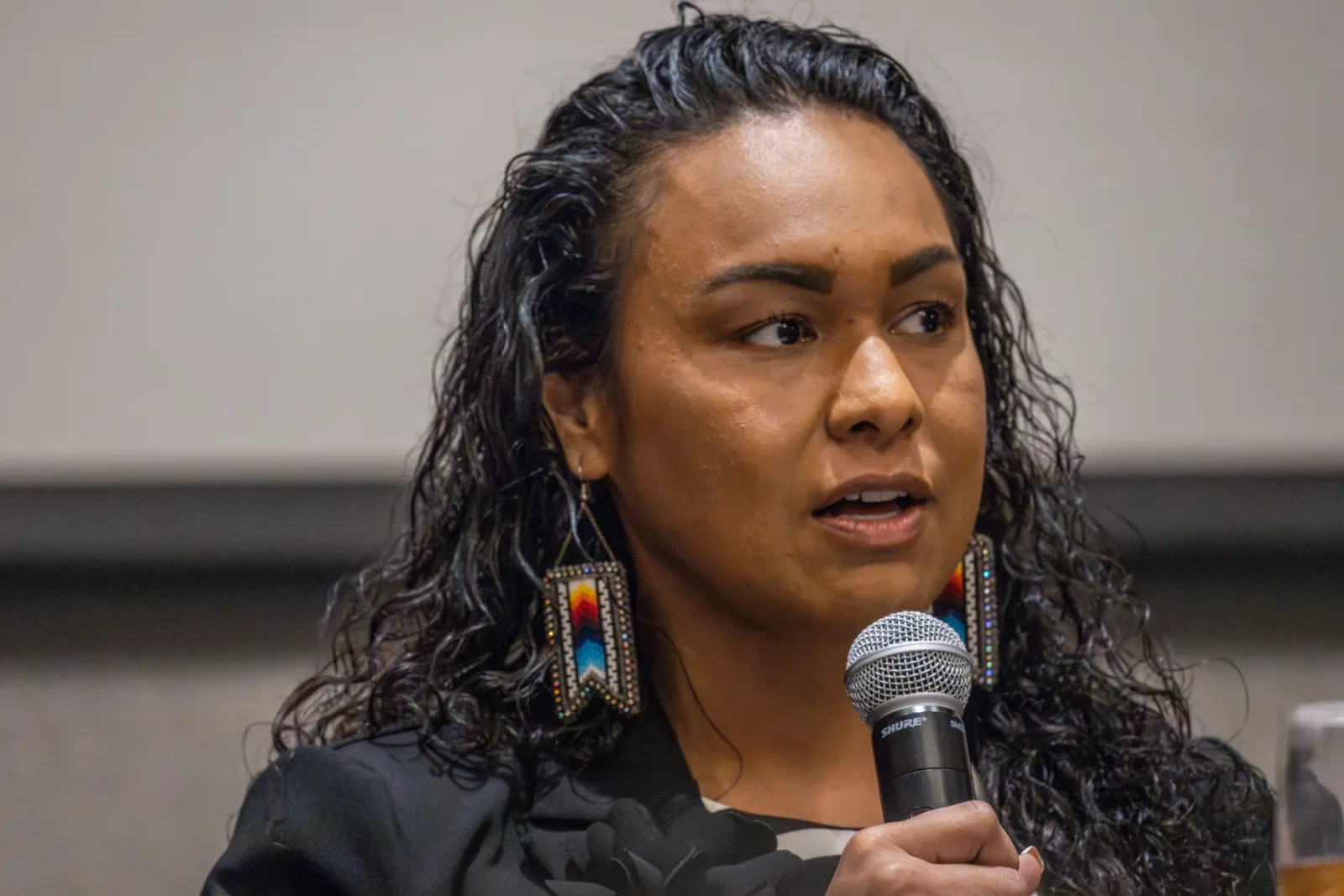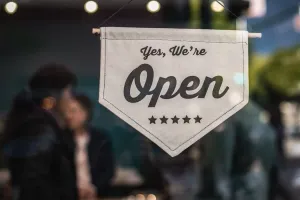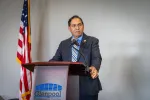

More funds requested for tribal health care, as Oklahoma City Area ranks worst for IHS funding
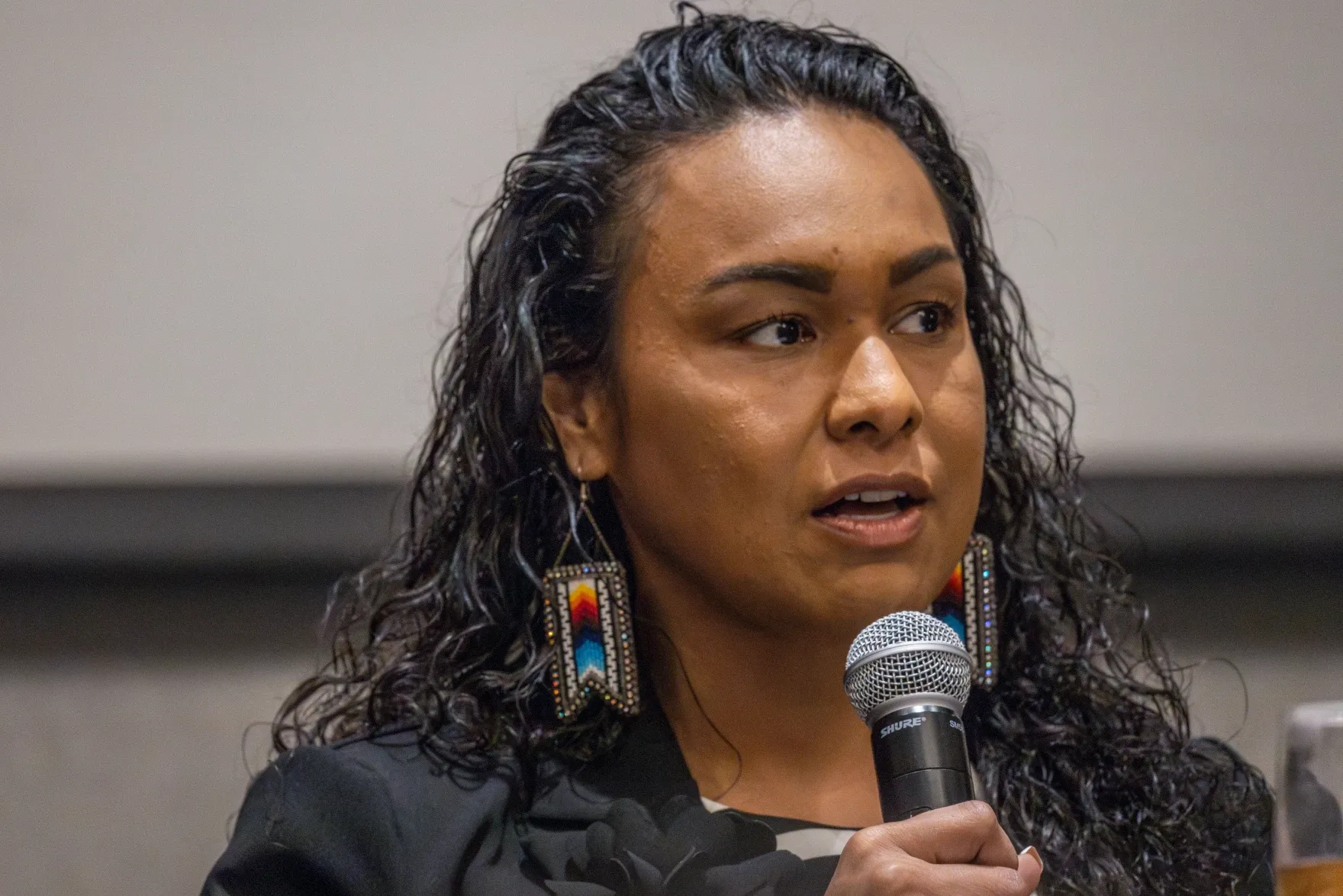
After the Trump administration took a chainsaw to federal agencies critical to tribal citizens, such as the Bureaus of Indian Affairs and Education, Indigenous leaders feared cuts to tribal health care might be next. However, the President’s Fiscal Year 2026 Budget Request called to preserve funding for the Indian Health Service, or IHS, which has a history of chronic underfunding.
IHS may not lose critical federal funding, but other programs, grants and workforces that have benefited tribal health face the chopping block or have already been eliminated, including those from the Substance Abuse and Mental Health Services Administration, National Institutes of Health and the Centers for Disease Control and Prevention.
A recent budget request for Indigenous health care by tribal leaders from around the country looks ahead to fiscal year 2027, proposing a budget of $73 billion to enhance Indigenous health care. The budget is ten times higher than the current funding level.
Tribal representatives from across Indian Country collaborated with the National Indian Health Board to formulate the budget recommendations.
“Healthcare is an ecosystem,” said Tasha Mousse, a tribal representative on the report and vice president of the Wichita and Affiliated Tribes. “And so reducing resources for healthcare is going to impact every other area of society and every other area that the government seeks to improve. If people aren't well, they can't work. They can't provide for their families.”
The Oklahoma City Area — which includes all of Oklahoma, Kansas, and a portion of Texas — is the lowest funded IHS area per capita, according to the report. It also ranked the worst for purchased and referred care funding, an IHS program that pays providers for care outside its facilities' capabilities.
The 2027 budget request asks for more funding to support the Oklahoma City Area’s workforce development, facility maintenance, purchased and referred care and a permanent reauthorization of the special diabetes program for Indians, among other areas.
It also recommends building a youth residential treatment center dedicated to mental health and substance abuse, saying that there is only one facility of that kind in Oklahoma, which is located in Tahlequah. The request cited a history of youth suicides in Anadarko and more than a dozen hospitalizations for students at Riverside Indian School who were having suicidal ideations.
The Wichita Reservation is at the heart of where this mental health crisis took place.
“Our children across Indian Country are not only our most precious resource, as they're the future generations, they are part of our most vulnerable population,” Mousseau said.
She said one of her Lakota mentors taught her how everyone has an inner fire inside them, given by the Thunder Beings.
“When our fire burns very low, that is depression. And when our fire burns very high, that is anxiety,” she said. “Really looking at how we help our youth balance that inner fire between those two extremes … within the community of Anadarko, it really looks like again, a diversified approach that also includes cultural identity as a protective factor.”
Healthy Minds Policy Initiative reported that “since fiscal year 2019, the 38 federally recognized Native American nations and tribes in Oklahoma have received nearly $74 million from SAMHSA.”
Mouseau also pointed to SAMSHA grants helping with suicide prevention and expressed a desire for the Trump administration to uphold tribal sovereignty and recognize health care as a basic human right for all people, not just tribal citizens.
The National Indian Health Board noted in its recent newsletter, “the President’s budget serves as a recommended blueprint — it does not determine final funding. Congress ultimately holds the power to set final funding levels through the appropriations process.”

Choctaw Travel Plazas win 2025 Outstanding Independents Convenience Store Award
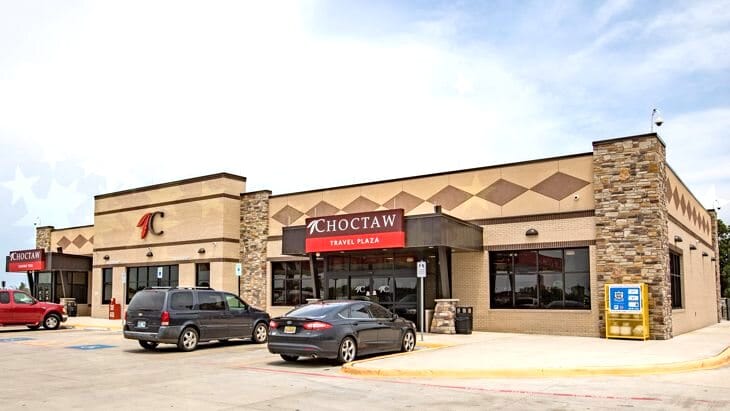
Recognized by Convenience Store News for industry impact
DURANT, Okla. - Choctaw Travel Plazas was one of 20 single-owner and small chain convenience stores to receive a 2025 Outstanding Independents Award from Convenience Store News.
Convenience Store News launched the Outstanding Independents Awards in 2025 to recognize the hard work and perseverance of small operators with between two and 20 locations who are making a big impact in the industry. Winners had to meet set criteria, including showcasing how they stand out in their market, a willingness to embrace innovation and excellent customer service.
“We’re honored to receive this industry recognition for providing exceptional customer experience at all our 18 Travel Plaza locations,” said Misty Hendricks, executive director of commerce retail operations. “We strive to provide our guests with quality service, clean restrooms and additional savings through our Chahta Rewards program. We are always looking for new, innovative ways to improve, and we’re thrilled to receive recognition for those efforts.”
Choctaw Travel Plazas was one of just two Oklahoma chains to receive recognition, with Chickasha-based Roaster’s Market also earning a nod.
Choctaw Travel Plazas celebrated its 35th anniversary in August 2024, and within the last six months completed interior and exterior improvements to 13 locations. The convenience store chain also updated its rewards program, Chahta Rewards, to give all members 10 cents off at the pump every time they fill up. You can enjoy year-round rewards by downloading the Chahta Rewards app and earning points through purchases at any Choctaw Travel Plaza location.
‘Montford: The Chickasaw Rancher’ now featured on Peacock
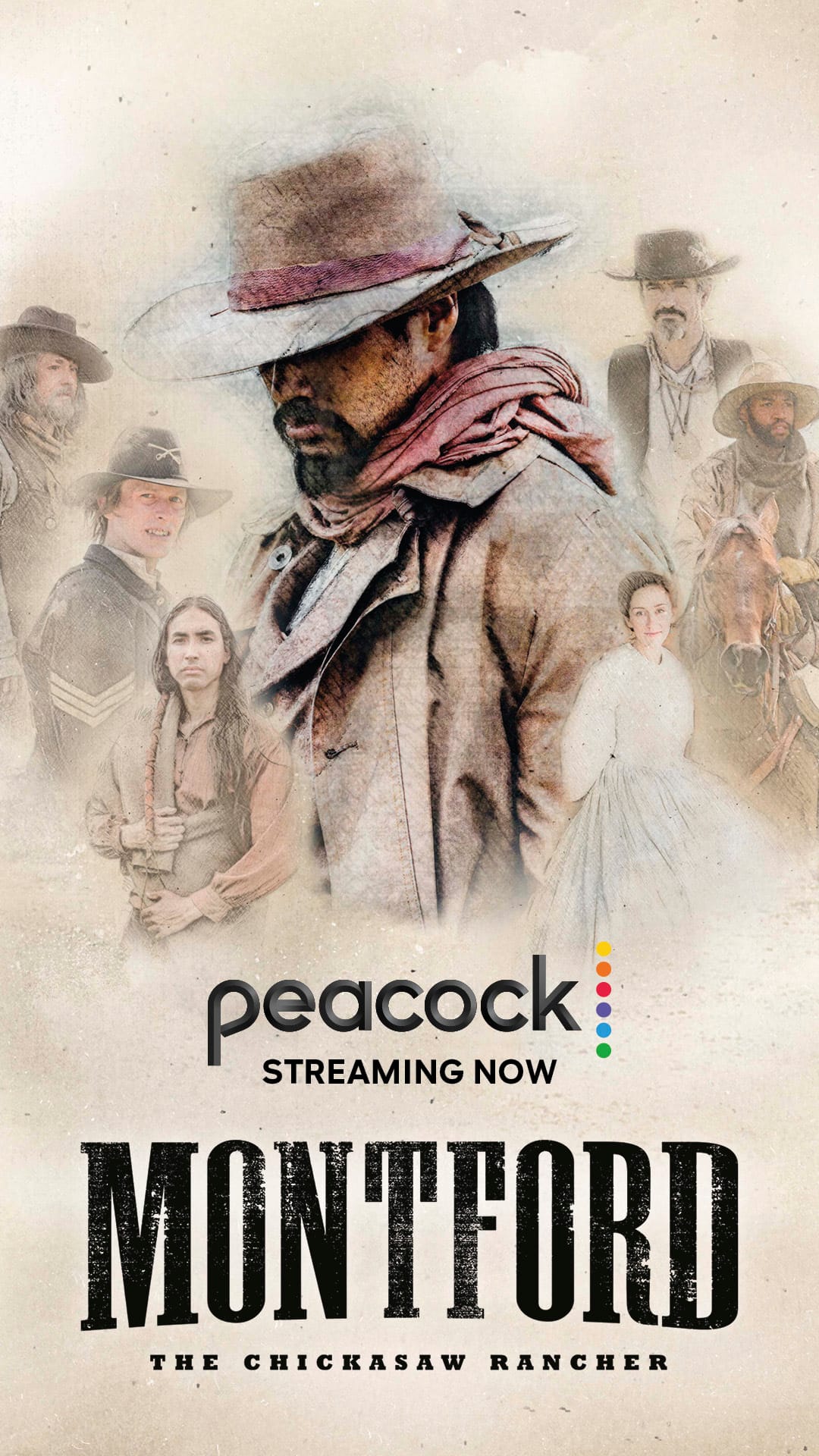
Chickasaw Nation Productions’ feature films “Montford: The Chickasaw Rancher” and “Te Ata” are now available on the streaming service Peacock.
Inspired by the life of historic Chickasaw rancher Montford Johnson, “Montford: The Chickasaw Rancher” portrays the hardships and tragedies Johnson and those close to him conquered to establish a vast ranching empire along the famous cattle highway of the American West, the Chisholm Trail.
Johnson operated one of the largest cattle ranches in Oklahoma from approximately 1868 until his death in 1896. He ran about 35,000 head of cattle across 1.3 million acres. A pioneer in Oklahoma’s agriculture and community development, Johnson played a vital role in establishing several cities and industries while dedicating his life to improving the lives of First Americans and supporting others in need.
Johnson befriended the legendary trader and trailblazer Jesse Chisholm, who helped him forge agreements with First American tribes on the Chickasaw Nation’s Western frontier. These agreements allowed Johnson to ranch the land without threat of attack.
Johnson’s cattle ranch spanned a considerable part of central Oklahoma, including modern-day Oklahoma City.
For his contributions and legacy, Johnson was inducted into the Hall of Great Westerners at the National Cowboy and Western Heritage Museum in 2020.
The more than 200 individuals honored within the Hall of Great Westerners represent the heart and spirit of the virile Western heritage and embody a precious and immutable legacy, according to the National Cowboy and Western Heritage Museum’s website.
Explorers, writers, poets, statesmen, First American leaders and others who have found the strength of character to overcome tremendous adversity are included in this unique and enduring national memorial. Inductees are recognized with a permanent wall placard at the museum.
The feature film based on Johnson’s life, “Montford: The Chickasaw Rancher,” was also honored with multiple Western Heritage Awards from the National Cowboy and Western Heritage Museum.
The Western Heritage Awards honors those who have made significant contributions to Western heritage through creative works in literature, music, television and film that share the great stories of the American West.
“Montford: The Chickasaw Rancher” was awarded as a 2021 Western Heritage Award winner for Outstanding Television Feature Film.
Released in 2021, Martin Sensmeier (“The Magnificent Seven” and “1883”) portrays the titular role. Sensmeier is part of the Tlingit and Koyukon/Athabaskan tribe of Alaska. Tatanka Means (“Killers of the Flower Moon”) plays Rising Wolf. He represents the Oglala Lakota, Omaha and Navajo tribes.
Other cast members include Dermot Mulroney (“Young Guns”); Tommy Flanagan (“Sons of Anarchy”); James Landry Hébert (“1883”); Denim Richards (“Yellowstone”); and Mackenzie Astin (“Scandal”).
“Montford: The Chickasaw Rancher” was directed by Nathan Frankowski and produced by Paul Sirmons. Principal filming took place in Oklahoma.
The film was also awarded a Western Heritage Award for Outstanding Traditional Western Music Album. The soundtrack is by recording artist Ben McKenzie and composer Bryan Miller.
Since its release, “Montford: The Chickasaw Rancher” has earned an audience score of 75% on Rotten Tomatoes’ “Popcornmeter.”
“Montford: The Chickasaw Rancher” follows in the tradition of sharing Chickasaw stories from a Chickasaw perspective.
Chickasaw Nation Productions was established in 2009 as part of Chickasaw Nation Governor Bill Anoatubby ’s vision to share the enduring legacy of the Chickasaw people and to illustrate how those individuals influenced the world around them.
In addition to streaming on Peacock, “Montford: The Chickasaw Rancher” is available on Amazon.com. The film can be purchased on DVD or Blu-ray at ChickasawPress.com or by visiting the Chickasaw Market at 105 W. Main St., Ada, Oklahoma.
For more information about Chickasaw Nation Productions, visit ChickasawFilms.com.
